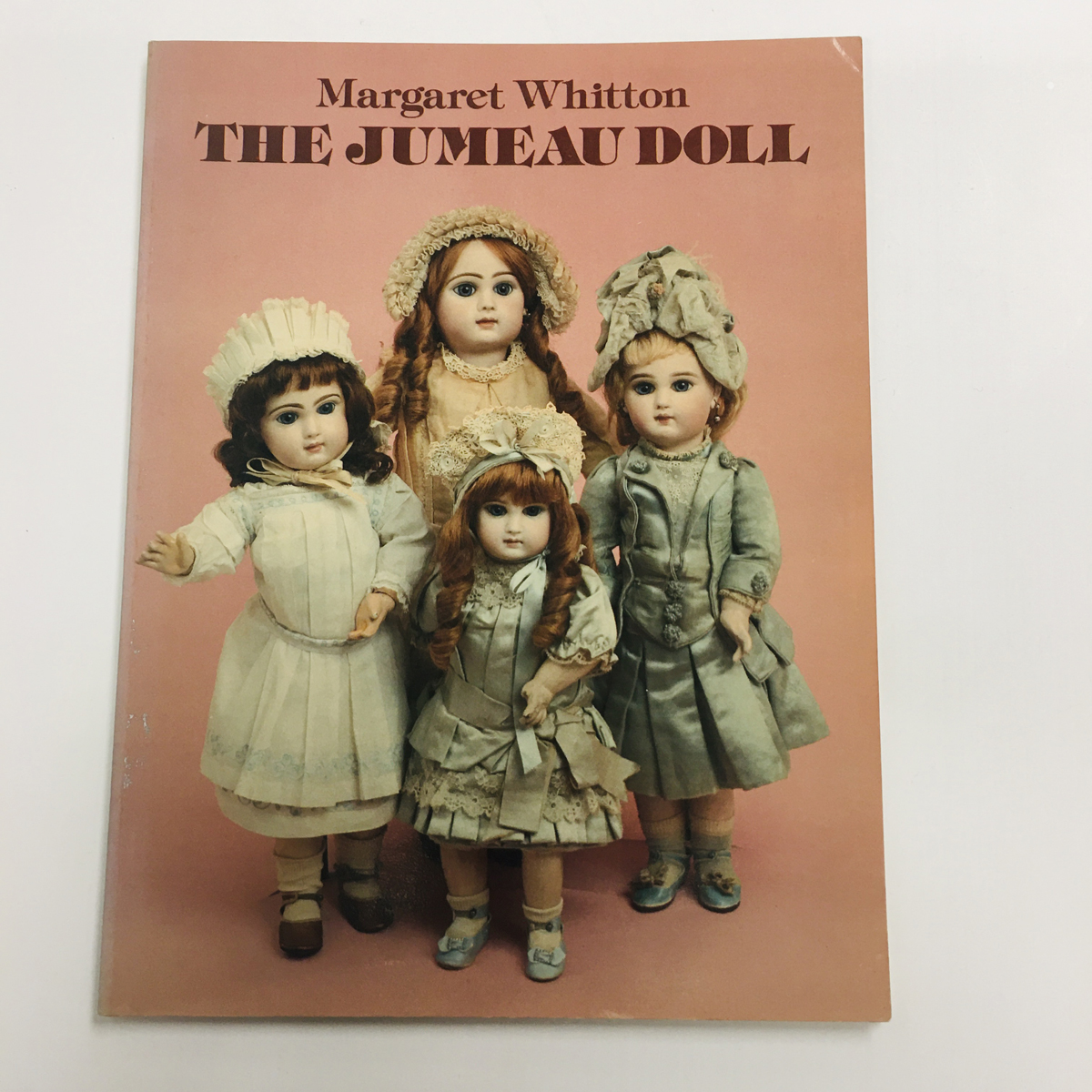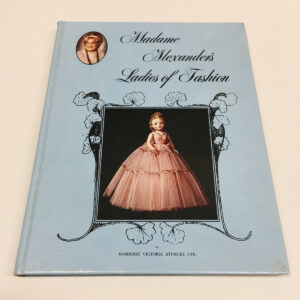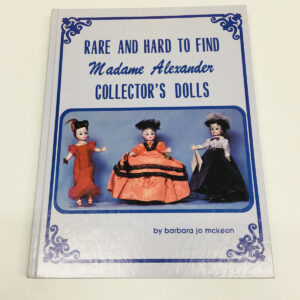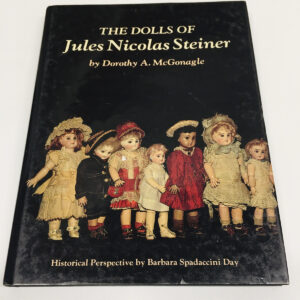A book about the history of the Jumeau doll industry, which was established in France in 1842, is titled The Jumeau Doll by Margaret Whitton. The early years of the business, its ascent to fame in the late 19th century, and its decline in the early 20th century are all covered in the book. Whitton also talks on the Jumeau doll’s historical significance and appeal to collectors.
One of the most well-liked dolls of the 19th century was the Jumeau doll. It was renowned for its lifelike features and realistic appearance. Glass eyes and bisque porcelain were features of the dolls. Additionally, they wore ornate, stylish attire.
The Jumeau doll company was founded by Pierre-François Jumeau and his wife, Marie-Anne Jumeau. The couple began making dolls in their home in Paris. They quickly gained a reputation for their high-quality dolls. In 1860, the Jumeaus opened a factory in Paris. The factory employed over 1,000 workers and produced thousands of dolls each year.
The Jumeau doll company was very successful in the late 19th century. The company’s dolls were sold all over the world. They were especially popular in the United States. In 1889, the Jumeaus opened a branch office in New York City.
The Jumeau doll company began to decline in the early 20th century. The company’s popularity was affected by the First World War and the Great Depression. The company also faced competition from other doll manufacturers, such as the German company Käthe Kruse.
The Jumeau doll company ceased production in 1936. However, the Jumeau doll remains a popular collectible. Today, Jumeau dolls are sold for thousands of dollars at auction.




